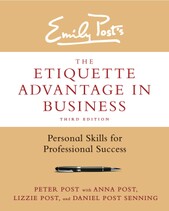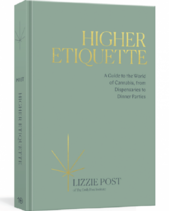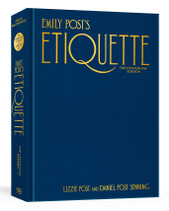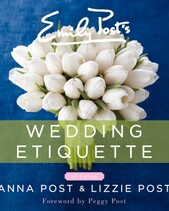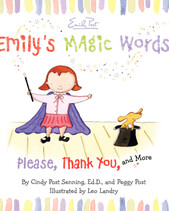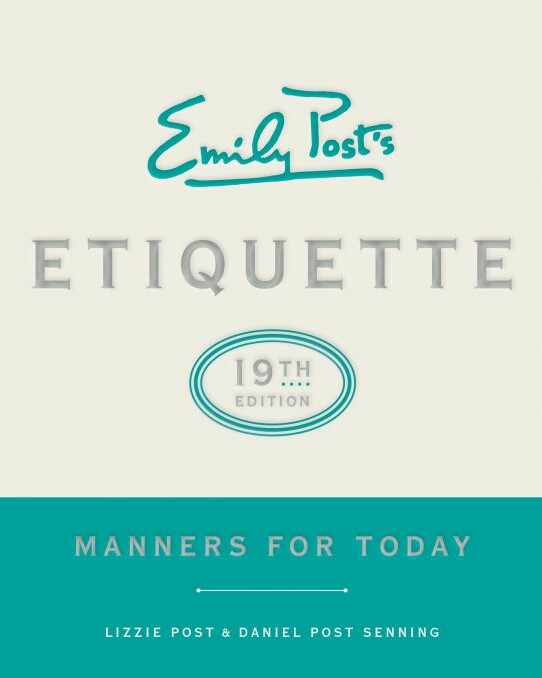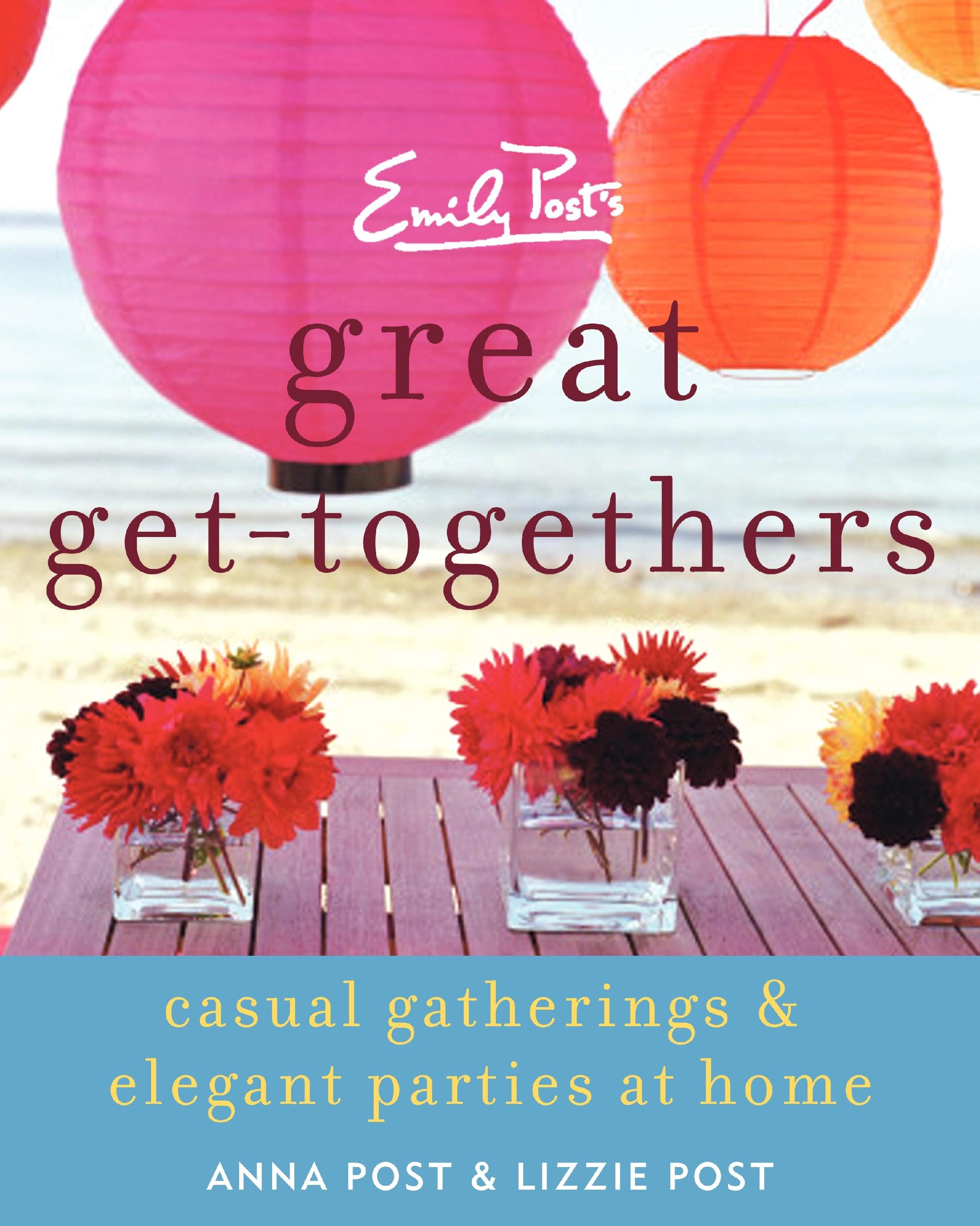
Tea Traditions Around the World

The Origin of Tea
Tea has been a drink of choice around the world for many years, and the traditions and meaning behind the beverage changes from country to country. From Japan to the Americas, tea is a perfect time to share a moment of repose with friends and family. While the chance to drink a cup of darjeeling tea in India may not be an opportunity everyone can have, a good cup of tea can be a transformative experience wherever you find yourself. Here's a quick look at a few tea traditions from around the world.
England
When thinking about a cup of tea many people associate the British with the popularity of the drink in the new world. While tea was only brought to England in the early 1600’s, the country has embraced it and made it a tradition for most households. The original use of tea was for the wealthy men. The supply was limited by cost and availability and because of these things aristocratic men had the most access to it. The term afternoon-tea was first used by Anna, Duchess of Bedford, who found herself in need of a snack between lunch and dinner. Traditional tea hour is from 4 to 5 p.m. and the tea is accompanied by an assortment of breads and pastries.
China
The Chinese may have been the first to utilize the tealeaf, but the original Chinese tea drinkers used it for a very different purpose. Tea was used as both a medicine and a preventative health beverage. Even in modern day China green tea is prescribed for a number of different illnesses. Tea was also used in conjunction with meditation. The Chinese tradition of tea is heavily incorporated into every aspect of life. When a couple is to be married, tea is served by the couple to their parents as a symbolic way for the couple to say thank you. Tea is often served with the same care for service as fine wine in European countries.
India
India is one of the world’s largest tea suppliers and 4 percent of the national income comes from tea. There are more than 14,000 tea estates across the country and because of the differing climates the tea will have a specific flavor depending on what area it is grown in. There are three main types of tea that can be found in India. The Assam tea has a rich and full taste and is grown in a heavily forested region in the northeast corner of India. Darjeeling tea, perhaps one of the more well known Indian teas, has a unique flavor and has more complicated undertones.This tea can be found in the foothills of the Himalayans. The last type of tea is called Nilgiri and has a subtle and gentle flavor. This is grown in the higher elevations of the southern region. While India doesn’t have a wide variety of traditions or ceremonies, India is possible the world's largest tea drinking nation.
Japan
Famous for tea ceremonies, the traditions of the Japanese tea culture have been greatly influenced by monks and samurai warriors. The ceremony is not simply about drinking tea, but also about the aesthetics of the experience. The host prepares the tea with the guest in mind and every angle of the ceremony is considered from the guest’s point of view. The tea ceremony, which is still in use today, is a form of art and spirituality and is a time for the host and guest to appreciate the moment’s uniqueness.
America
Tea has a different meaning depending on which region of the country is being considered. In recent years tea sales have risen as the beverage gained popularity all across the country. Many American’s are beginning to replace their morning or afternoon coffee with a cup of tea.
